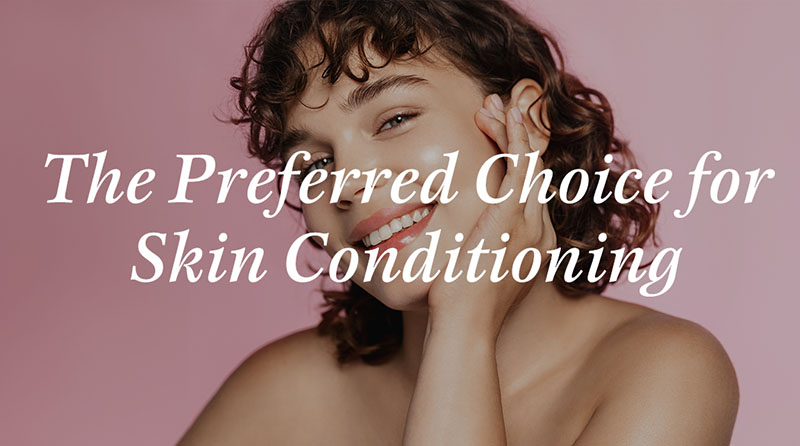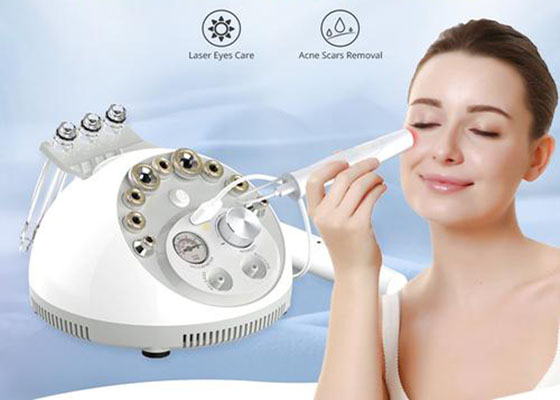Acne is one of the most common skin conditions, affecting millions of people worldwide. While acne is often associated with adolescence, it can persist and become a frustrating issue well into adulthood. Fortunately, there are now innovative acne treatments that can help combat different types and causes of acne without harsh side effects. Two of the most popular and effective options are high frequency wands and LED light therapy. But how do you know which acne treatment method is right for your specific skin concerns?
Understanding Acne Causes
To determine the optimal treatment, it’s important to first understand what’s causing your acne. Here are some of the key factors that trigger breakouts:
- Excess Oil Production – When sebaceous glands in the skin produce too much oil (sebum), it can clog pores and allow acne bacteria to multiply. This results in whiteheads, blackheads, and inflammatory pimples.
- Bacteria Accumulation – The bacteria Propionibacterium acnes (P. acnes) feeds on sebum and dead skin cells inside clogged follicles, leading to red, swollen lesions.
- Hormonal Fluctuations – Hormone changes during puberty, menstruation, pregnancy, and stress can increase sebum production and inflammation. This often causes breakouts on the lower face, jawline, chest and back.
- Skin Cell Buildup – Excessive accumulation of dead skin cells and debris on the skin’s surface can lead to clogged pores and acne.
- Inflammation – Many acne lesions result from inflammation triggered by bacteria, oil, and clogged follicles. This can worsen breakouts.
How High Frequency Wands Combat Acne
High frequency wands have become a popular acne treatment tool. This handheld device uses an alternating current to deliver radio frequency electromagnetic energy to the skin’s surface. The non-invasive high frequency currents provide antibacterial and tissue regeneration benefits that help clear acne.
Eliminating Acne-Causing Bacteria
One of the primary ways high frequency wands combat acne is by killing off P. acnes bacteria. The radio frequency currents emitted from the glass electrode at the wand tip produce an athermal discharge of ozone. This reactive form of oxygen has strong antibacterial properties and has been shown in studies to significantly reduce P. acnes when applied to the skin. The direct destruction of acne bacteria on the skin is what makes high frequency treatment so effective for inflammatory acne.
Boosting Circulation and Cell Turnover
In addition to eliminating bacteria, high frequency therapy also enhances blood circulation in the treated area. The skin has much better access to oxygen and nutrients, improving tone and complexion. High frequency currents also help stimulate collagen and elastin production. This results in enhanced tissue regeneration that can help heal acne scars and enlarged pores. Faster cell turnover also prevents dead skin buildup that clogs pores.
Reducing Inflammation
The increased blood flow brought by high frequency therapy helps carry away excess sebum, bacteria, and skin cell debris from the area being treated. Removing these acne-provoking factors results in less clogged pores and inflammation. Studies show high frequency significantly reduces inflammatory acne lesions and post-acne redness.
Suitability for All Skin Types
High frequency wands are safe and gentle enough to use on all skin types, including sensitive skin prone to irritation. The treatment is painless and carries minimal side effects. High frequency therapy is also compatible with other acne treatments, making it a flexible add-on option for a multi-pronged acne-fighting regimen.
LED Light Therapy for Acne: How Does It Work?
LED stands for light emitting diode. These light systems have become a popular non-invasive therapy for improving various skin concerns, acne included. LED devices use narrow spectrum wavelengths of visible light that target the sebaceous glands, reduce inflammation, and destroy acne bacteria.
Blue Light Kills Acne Bacteria
Blue light wavelengths ranging from 415 nm to 420 nm have powerful antibacterial effects that help clear inflammatory acne. Blue light penetrates deep into pores, producing reactive oxygen species that kill P. acnes bacteria. This reduces acne lesions caused by bacterial accumulation. Clinical trials demonstrate blue light therapy reduces acne lesion count in mild to moderate acne by 60% to 70% on average.
Red Light Reduces Inflammation and Heals Skin
Studies show red light wavelengths of 630 to 660 nm are well-absorbed by skin cells. This stimulates ATP production and critical anti-inflammatory reactions in cells. Red light helps heal acne lesions and reduces post-acne redness by lowering inflammation. It also improves cell communication and speeds up cell regeneration to help heal acne scarring.
Effective for Various Acne Types
The combination of blue and red LED light makes LED therapy effective for treating different types of acne, from non-inflammatory to inflammatory acne lesions on both the face and body. The light can target acne resulting from bacteria, oil production, inflammation, hormonal fluctuations, and congested skin.
Enhances Other Acne Treatments
LED light therapy complements other acne treatments like topical retinoids and antimicrobials. The light kills acne bacteria that may have become resistant to creams and clears up inflammation that persists despite medication use.
Suitable and Safe for All Skin Types
LED light therapy is non-abrasive, painless, and causes minimal side effects like occasional dryness or flaking. It is gentle enough to use on sensitive or suncured skin. The light only targets acne-causing bacteria and does not damage surrounding skin.
Key Differences Between the Treatments
While high frequency and LED light can both significantly improve acne, there are some notable differences between the two modalities:
- High frequency delivers targeted destruction of acne bacteria whereas LED light has a broader mechanism for clearing acne.
- High frequency wands must have direct contact with skin. LED light panels do not require contact.
- High frequency works best on inflammatory acne bumps. LED light can treat non-inflammatory clogged pores and whiteheads as well.
- Results from high frequency can be seen in 3 to 6 weeks. LED light therapy takes 8 to 12 weeks of regular use for optimal results.
- High frequency often causes a warm, tingling sensation. LED treatment has no sensation.
- High frequency poses a slight electrical burn risk if used incorrectly. LED is low risk.
Which Treatment Should You Choose for Acne?
So how do you decide whether to use high frequency or LED light treatment for your acne? Here are some guidelines:
- If you have moderate to severe inflammatory acne with painful bumps and pustules, high frequency wands are likely the better option. The direct destruction of acne bacteria can rapidly heal inflammatory lesions.
- If you struggle with periodic acne outbreaks and want to use treatment preventively, LED light therapy is a good choice as prevention and maintenance between breakouts.
- For clearing non-inflammatory blackheads and whiteheads, LED light usually gives better results by exfoliating skin and reducing sebum production.
- If you have very sensitive or thin skin, LED light is gentler and less likely to cause irritation.
- If you want clear skin fast, high frequency can bring quicker results, especially on inflammatory acne. LED light delivers gradual but steady improvement.
For optimal results, combining the modalities and using light therapy to maintain clear skin between high frequency treatments is an effective approach. It’s also best to consult a dermatologist to determine the right treatment plan tailored to your acne type and causes. Proper at-home device usage and skin care routine also impact results.
Finding the Best Devices for At-Home Use
Both high frequency wands and LED light masks/panels are available for convenient at-home acne treatment. Here’s what to look for when purchasing an effective and safe over-the-counter device:
High Frequency Wand Features
- Adjustable frequency range (0.5 – 2.5 MHz) – Allows customization for acne treatment.
- Choice of glass electrode tips – Different shapes optimize treatment for certain areas.
- ** Safety features** – Prevents overuse and skin damage.
- Ergonomic handle – Enables easy maneuvering.
LED Light Therapy Features
- Medical-grade LEDs – Provides the strongest anti-acne effect. Avoid cheaper LEDs.
- Includes blue and red wavelengths – Blue light kills acne bacteria, red light heals skin.
- Full face coverage – Achieves even treatment application.
- Automatic timer settings – Prevents overexposure.
- Adjustable light intensity – For customizable dosage and comfort.
- Eye protection – Necessary for safe light therapy.
In Conclusion
Both high frequency and LED light acne treatments offer contact-free, painless ways to safely and effectively clear up acne from home. High frequency wands destroy acne-causing bacteria through direct contact with skin and are best for inflammatory acne. LED light panels use varying wavelengths to clear acne through multiple mechanisms and are suitable for both inflammatory and non-inflammatory acne. While the modalities differ, combining their use can provide comprehensive acne treatment with optimal, long-lasting results.



